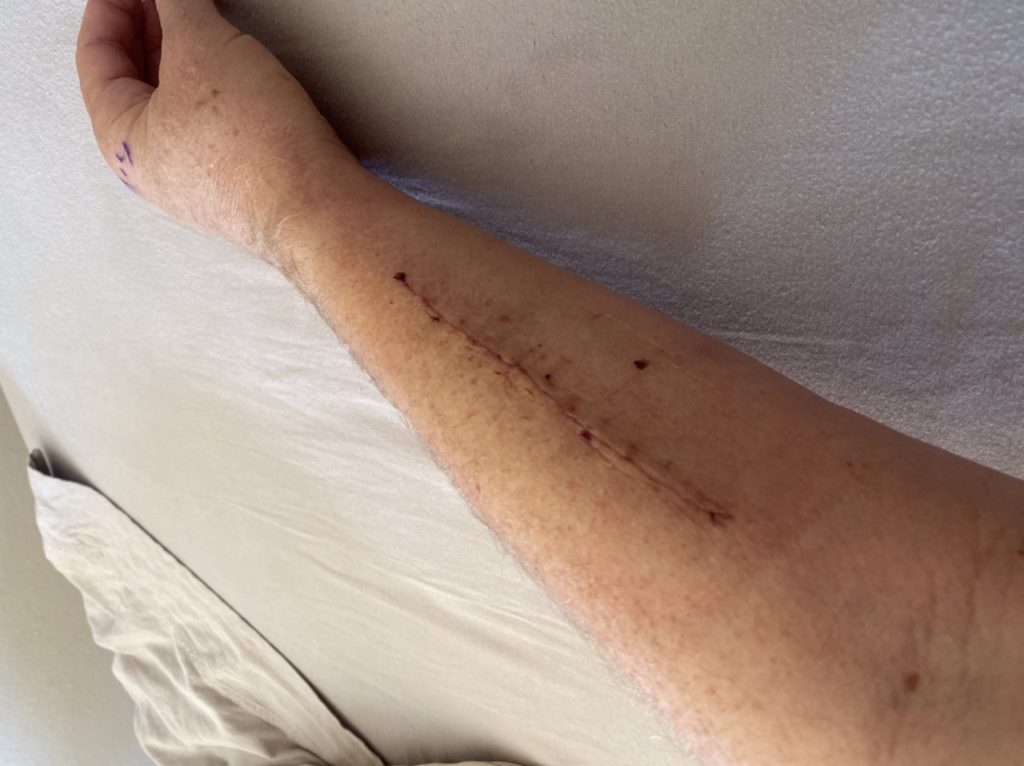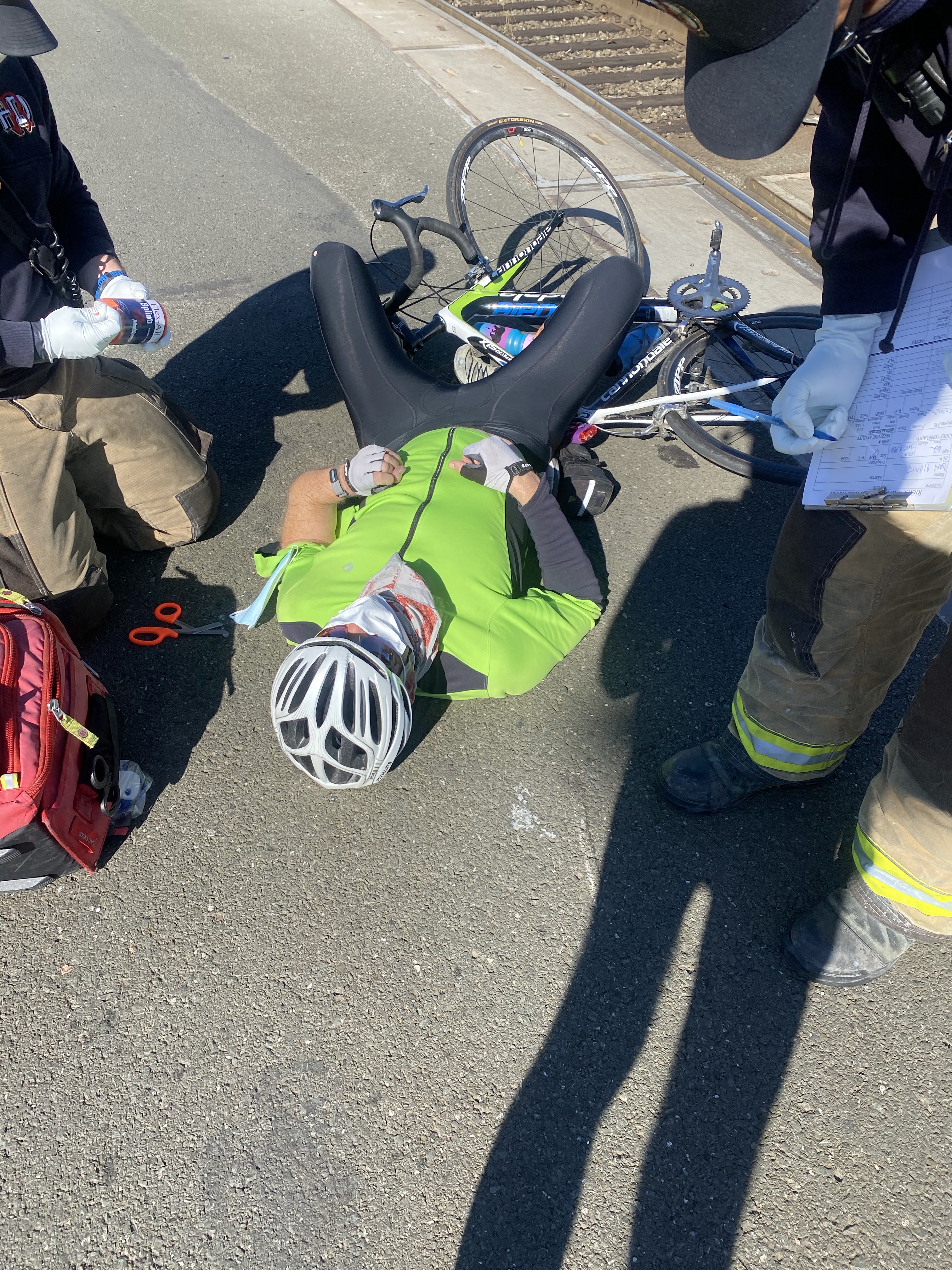I served on a jury 35 years ago, in New York City. The defendants were white cops, and a Black man had died in their custody.
The cops were charged with evidence tampering and official misconduct, and we voted unanimously to convict each of them for both felonies.
Many years later, I searched for the case, and found the appellate court record. I wasn’t surprised to see the conviction overturned–because I believed then, and believe now, that the whole criminal justice system is set up to protect cops who violate the law and abuse their public duty. Even so, I was upset by the appellate judges’ rationale.
The case was cut-and-dried. The patrolman, Hansen, had admitted the facts before a grand jury. There was some wrangling over whether we could receive the grand jury records, and once that was resolved, the case was closed, in my view. We spent some time deliberating over whether Hansen–who watched Compas, his supervisor, hide a shoelace that matched the ligature mark on Leonard Jones’ neck–had tampered with evidence simply by keeping his mouth shut about what he’d seen. Once that was resolved, we were ready to report our verdict.
The trial was plenty dramatic, though. The night Leonard Jones died, Compas and Hansen called their captain at home. Compas had just taken an internal exam and was freaked that this would screw up his chances for a promotion. So he was lying his ass off to the captain, and when the captain testified in court, he was still incensed about it. Maybe even more so because Compas accidentally left the phone of the hook after the call and inadvertently recorded himself and the other on-duty cops getting their phony story straight.
It turned out that the Assistant DA had flipped Hansen only after suggesting that the ligature mark on Leonard Jones’ neck matched the leather strap on Hansen’s nightstick. Then Hansen suddenly remembered about the shoelace.
And I thoroughly remember the Assistant DA’s summation. It was passionate, stirring, beautiful to see. However, it didn’t have any effect on our deliberations, which were entirely about “proper construction of the statute.” The appellate court concurred, essentially, with what we figured out in the jury room.
Here’s what pisses me off: The appellate court judges could see, as clearly as the jurors, that the facts of the case were cut-and-dried and the jury had no choice but to convict. No choice–unless, of course, we allowed ourselves to be swayed by the defense lawyer’s argument that the cops were really good guys just trying to do their jobs. In other words, we jurors should overturn the case the DA built based on the facts, because juries should support incompetent and dishonest cops just because they are cops. We didn’t do that, because–as we agreed unanimously after deliberating there in the jury room–it would be wrong to do so.
What I remember most clearly, all these years later, is the Assistant DA looking at us earnestly and saying, just as is recited in the appellate court’s decision:
“After all, who is Leonard Jones? He is just some skel, so nobody cares about him. So it is OK to cover up what happened to him. So his family has no right to know the circumstances of his death.” “[Defendants] don’t care what right the public has to know about a prisoner’s death in police custody, and [defendants] don’t care about Leonard Jones’ family’s right to know.” “It’s just Leonard Jones, it is just some skel, just some bum from the Port Authority. What difference does it make?”
The appellate judges Kupferman, Asch, Rosenberger, Ellerin, and Smith should have known, or maybe did know, that the Assistant DA wasn’t talking just about the cops, she was talking about the whole damned system, including them.



